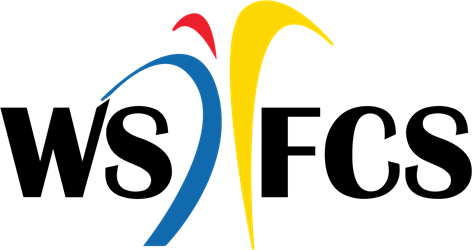Science Standards Informational Page
Science Standards
The purpose of the crosswalk document is to provide a general comparison of the 2009 Science Standard Course of Study and the 2023
Science Standard Course of Study. It provides initial insight into similarities and differences between these two sets of
standards. This document is not intended to answer all questions about the nuances of the new 2023 standards versus the previous 2009 standards.
North Carolina Science Standards: Three Domains & Eleven Strands
Physical Science | Earth/Space Science | Life Science |
|---|---|---|
PS: Matter and Its Interactions | ESS: Earth’s Place in the Universe | LS: From Molecules to Organisms: Structures and Process |
PS: Motion and Stability: Forces and Interactions | ESS: Earth’s Systems | LS: Ecosystems: Interactions, Energy, and Dynamics |
PS: Energy | ESS: Earth and Human Activity | LS: Heredity: Inheritance and Variations of Traits |
PS: Waves and Their Interactions |
| LS4: Biological Evolution: Unity and Diversity |
Science and Engineering Practices (SEP)
Asking Questions
Developing and Using Models
Planning and Carrying Out Investigations
Analyzing and Interpreting Data
Using Mathematics and Computational Data
Constructing Explanations
Engaging in Argument from Evidence
Obtaining, Evaluating, and Communicating Information
Guiding principles of the SEP
Students should engage with all 8 practices in all grades/courses.
Practices grow in complexity and sophistication across grades.
Practices represent what students are expected to do - they are not teaching methods or curriculum.
Practices are not stand-alone. They intentionally overlap and interconnect.
Engagement in Practices is language intensive and requires students to participate in classroom science discourse.
Cross-Cutting Concepts (CCC)
A Framework for K-12 Science Education identifies seven crosscutting concepts that bridge disciplinary boundaries and unite core ideas. Their purpose is to help students deepen their understanding of the disciplinary core ideas and develop a coherent and scientifically based view of the world .
The seven crosscutting concepts of the Framework are:
Patterns - Observed patterns of forms and events guide organization and classification, and they prompt questions about relationships and the factors that influence them.
Cause and effect: Mechanism and explanation - Events have causes, sometimes simple, sometimes multifaceted. A major activity of science is investigating and explaining causal relationships and the mechanisms by which they are mediated. Such mechanisms can then be tested across given contexts and used to predict and explain events in new contexts.
Scale, proportion, and quantity - In considering phenomena, it is critical to recognize what is relevant at different measures of size, time, and energy and to recognize how changes in scale, proportion, or quantity affect a system’s structure or performance.
Systems and system models - Defining the system under study—specifying its boundaries and making explicit a model of that system—provides tools for understanding and testing ideas that are applicable throughout science and engineering.
Energy and matter: Flows, cycles, and conservation - Tracking fluxes of energy and matter into, out of, and within systems helps one understand the systems’ possibilities and limitations.
Structure and function - The way in which an object or living thing is shaped and its substructure determine many of its properties and functions.
Stability and change - For natural and built systems alike, conditions of stability and determinants of rates of change or evolution of a system are critical elements of study.
Disciplinary Core Ideas (DCI)
The purpose of this section is to articulate the conceptual ideas students should know and be able to use within specific grade bands to support the explanation of science phenomena. Although these core ideas primarily are found in A Framework for K-12 Science Education, information may be included from other sources such as the Benchmarks for Science Literacy, Ocean Literacy Principles, Earth Science Literacy Principles, NAEP 2028 Framework, and TIMSS 2023 Framework.
Scope and Sequence
The following link provides an general overview of instructional pacing blueprints for K-12 science courses.
